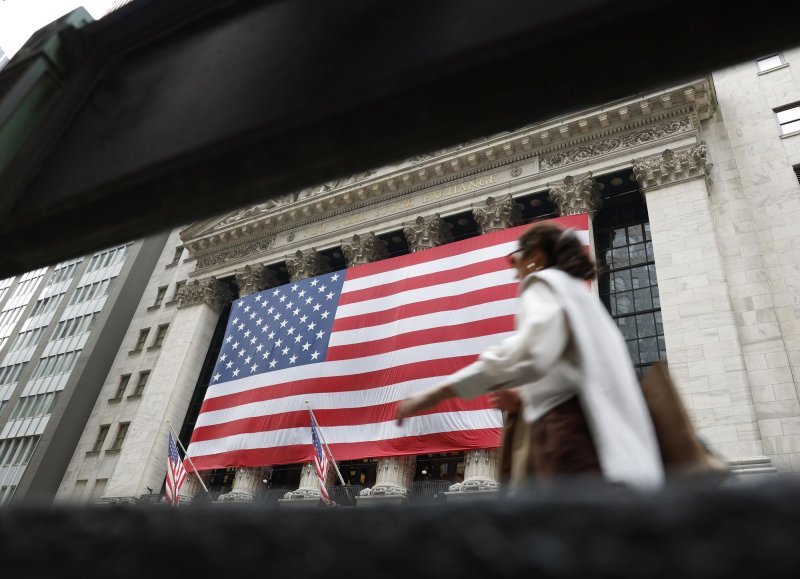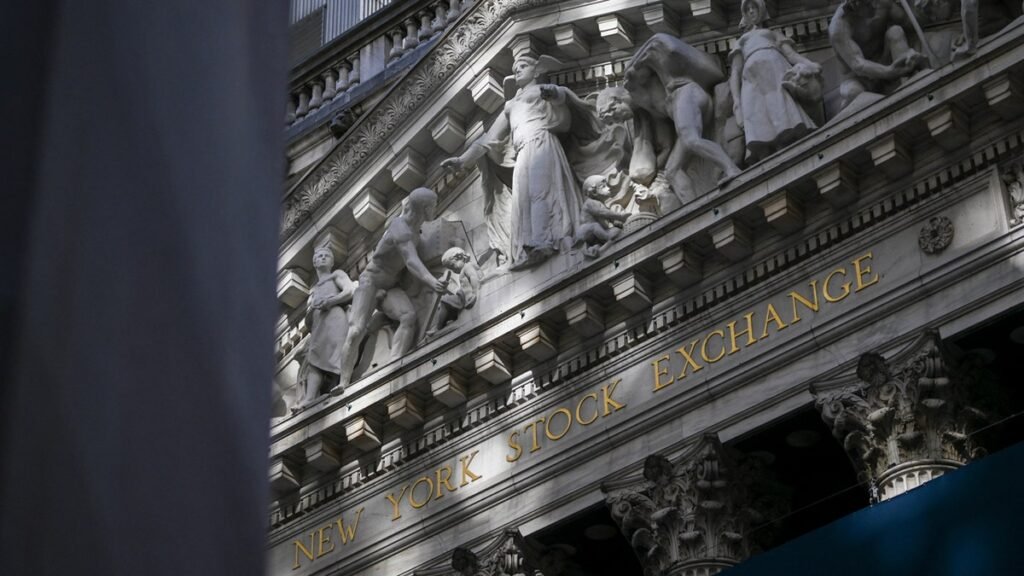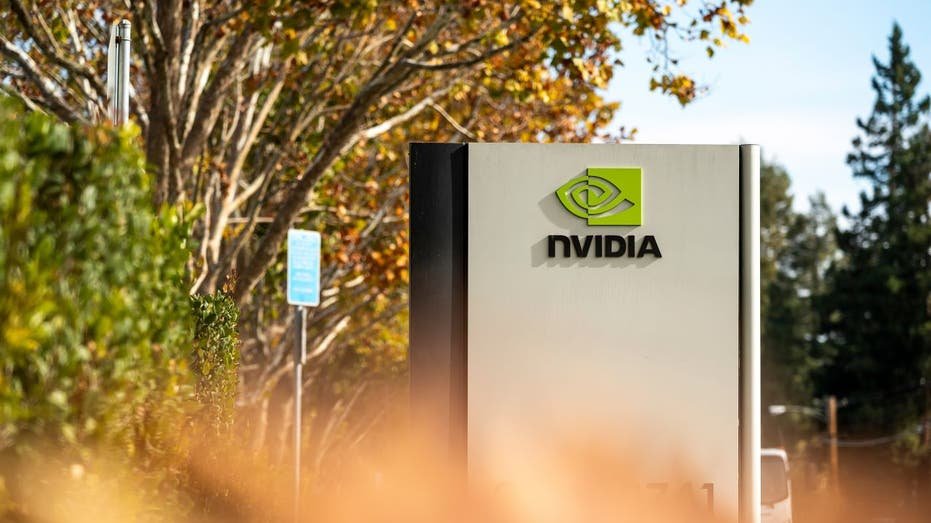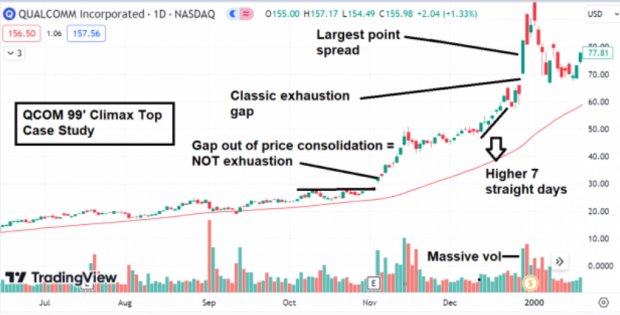- Indexes have soared on strong economic data and a big rate cut from the Fed.
- Yet, as markets eye a soft landing, potential shocks pose a higher risk to investors, David Kelly says.
- He says Americans should dial back risk and position funds away from growth stocks and toward value.
Thanks for signing up!
Access your favorite topics in a personalized feed while you’re on the go.
Strong economic data and a big rate cut last month have fueled bullish sentiment, but investors should be wary of adding more risk, according to JPMorgan Asset Management’s David Kelly.
The firm’s chief global strategist says the promise of a soft landing has encouraged Americans to pour into riskier assets at the exact time they shouldn’t be.
“I will say that although I think this is positive for the equity market, I am getting increasingly queasy about the fact that the equity market keeps on pricing in a soft landing,” Kelly told Business Insider.
He said that as the market prices in a soft landing, valuations rise, which means any shock to the market could send asset prices tumbling.
“Markets have gone up a lot and become more distorted, and because they’re more distorted and at higher valuations, they’re more risky,” he said.
At the same time, the average American’s wealth has soared. According to Fed data, the total aggregate wealth of American households grew by about $50 trillion in the last five years. That means many middle-income households that couldn’t afford retirement just a few years ago now can, Kelly says.
As a result, investors shouldn’t take on more risk than they need to, he says.
“They should dial back risk. There’s no need to increase risk if you’ve got enough money to do the things that you want to do,” Kelly said.
Kelly was particularly cautious over keeping money tied up in high-flying growth stocks.
“At the very time when I think logic would dictate that investors take a little bit of risk off the table, they are passively allowing risk to accumulate on the table,” he said.
Instead, he recommended investors rebalance their portfolios, funneling funds out of growth stocks and toward value shares, international equities, and alternatives.
Kelly says the market has been trending toward a soft landing for quite some time, and Friday’s blockbuster jobs report only strengthened the case. The report showed a dip in the unemployment rate from 4.2% to 4.1%, with 254,000 nonfarm payrolls added, blowing past estimates of around 150,000.
The strong report all but dashed hopes for another big rate cut next month, with investors quickly lowering the odds of a 50 basis point move from 33% to less than 1%, according to the CME FedWatch Tool.
Kelly acknowledged, though, that the data leaves room for error, so it’s possible that last month’s employment appeared weaker than reality and this month seemed stronger than reality.
Regardless, he says the report validates that the US has a healthy, strong labor market and that the economy is on a “very nice soft landing path.”
Kelly expects the Fed to cut an additional 50 basis points over the course of its next two meetings, and another 100 next year.
Back in August, when a surprise increase in unemployment triggered a massive global sell-off, Kelly told Business Insider that the Fed needs to do more to broadcast its confidence in the economy.
Now, he says the Fed should continue showing its confidence, and show that it can take its time cutting interest rates.
“The more the Federal Reserve seems to be taking its time and not overly concerned, the more that’s going to do to support confidence,” he said.











